2021–2030 Strategy
As we approach the close of the decade, our vision for the Grupa Azoty Group is to emerge as a highly effective, flexible and integrated corporation, structured divisionally and concentrated on production in Europe.
To realise this aspiration, our guiding principles include our values, mission, vision, and the strategic framework outlined in the Grupa Azoty Group Strategy for 2021−2030.
MISSION 2030
In harmony with the environment, we manufacture fertilizers, plastics and chemical products. We improve the well-being of people who live in Europe and actively contribute to building our continent’s food security.
VISION 2030
Grupa Azoty is a supplier of effective solutions and a reliable manufacturer of fertilizers, plastics and green chemical products.
VALUES 2030
- People
- active contribution to meeting the food needs of Europeans,
- addressing the need to increase agricultural efficiency,
- meeting the needs of contemporary agriculture.
- Development
- implementation of novel, environmentally friendly and climate-neutral products,
- product diversification.
- Environment protection
- implementation of the Green Azoty strategic project,
- taking Group-wide action to protect the environment.
- Energy
- reducing energy consumption in chemical processes,
- improving the energy efficiency of chemical processes and power generation,
- energy transition to increase the share of renewable and low-carbon energy generated.
The 2030 Strategy is realistic and aligned with our needs. It represents a blueprint for transformative initiatives aimed at tackling the biggest challenges within the chemical industry, with a specific focus on environmental, social, and governance aspects. We remain vigilant in monitoring new legislation stemming from climate change concerns and the imperative to mitigate adverse environmental impacts. Our detailed roadmap towards green industrial energy, substantial emission reductions and decarbonisation of the business is encapsulated within the Green Azoty project.
As an integral component of our values, aspirations, and plans extending until 2030, we have formulated:

The Grupa Azoty Group’s management structures are built around six business segments across three areas: Agro Fertilizers, Plastics and Chemicals. The adopted organisational model delivers synergies by integrating some of its support functions and managing the enterprise through the structures of its key segments. At the same time, key development focuses identified for the individual business segments form part of the Group’s strategic corporate project designated as Green Azoty.
Selected objectives in business segments:
| AGRO FERTILIZERS | PLASTICS | CHEMICALS | |||
|---|---|---|---|---|---|
Agro Fertilizers | Plastics – Polyamides | Polyolefins | Tech Grade Urea | Pigments | Oxoplast |
| maintain the lead in fertilizer production on the Polish market and strengthen a leading position in Europe | proactively embrace the opportunities offered by circular economy | complete on schedule the Polimery Police project | expand the product portfolio | minimise the costs of processes, including through deployment of efficient technologies | diversify the product portfolio |
| expand the Grupa Azoty Group’s foothold in new markets | strengthen the leading position as a manufacturer of modified plastics on the Polish market | enter the polypropylene market, build a base of customers and distributors | expand sales into new markets | concentrate sales of titanium white | improve production flexibility |
| add new liquid product and granulated fertilizer formulas and other products to the portfolio | diversify the product portfolio | achieve a stable market position and grow on the market of advanced polymer products | increase storage capacity | use AI for process modelling and optimisation | grow presence and market exposure in non-European markets |
| be actively involved in delivering the Farm-to-Fork strategy | drive further progress in process computerisation and automation | develop in R&D | assess its competitive position on an ongoing basis | ||

The primary objective of the Energy area is to support the Grupa Azoty Group’s core business by providing energy carriers powering its chemical processes and by supporting strategically important areas while seeking to decarbonise the generation sources.
Key activities undertaken within the Strategic Business Area – Energy will be integrated with the Green Azoty corporate project.

The funding of our strategic plans, including the flagship project Green Azoty, has been tailored to align with the needs and capacity of the Group. To meet the demands of a substantial portfolio of strategic investments, additional funding avenues need to be explored. These may involve securing green finance through bonds or dedicated credit facilities, use of funds granted under the National Recovery Plan, and corporate financing roll-over. The key financial targets include a stable EBITDA margin of more than 16% to be achieved by 2030 and the net debt to EBITDA ratio below 3 from 2025 onwards.

Our ESG strategy is centred on sustainable development, integrated with environmental protection, a social focus and responsible corporate governance. A cornerstone of this commitment is our continued endorsement of the United Nations 2030 Sustainable Development Goals.
To uphold transparency and accountability, the Grupa Azoty Group subjects itself to routine ESG assessments, which serve to gauge the Group’s performance and pinpoint areas for ongoing improvement.
ESG strategy pillars:
Climate and environment
- We actively mitigate our environmental footprint through concerted efforts to reduce greenhouse gas emissions and decarbonise our production processes.
- A key aspect of this initiative involves transitioning to alternative, environmentally friendly energy sources, including zero-carbon renewables.
- We have developed and are pursuing our strategic corporate project, aptly named Green Azoty.
- We proactively identify and manage diverse climate risks, which encompasses vigilance towards regulatory changes, adapting to physical and technology risks, and addressing potential sales constraints.
Immediate environment
- We enhance our positive impact on the social and economic environment.
- We foster relationships to educate and train future staff.
- We expand projects benefitting our customers.
- We are committed to supporting causes that matter to local communities.
- We engage in social dialogue in keeping with the principle of Friendly Neighbourhood.
Safe and friendly workplace
- Employee safety is our priority.
- We respect codes of ethics and the principles of equality, applying clear recruitment and promotion criteria.
- We promote diversity encompassing gender, education, age and professional experience with respect to all employees.
- We adhere to the principles of equal treatment and non-discrimination.
Sustainable products
- We guarantee efficient, innovative and environmentally friendly production by prioritising sustainable development.
- Our intention is to measure the carbon footprint of all the Grupa Azoty Group’s products.
- We expand our sustainable product portfolio by promoting efficient use of raw materials and consistently reducing energy consumption in our processes.
- We make products designed to support food security.
- We design and make biodegradable plastics.
- We apply effective fertilizer formulas helping reduce greenhouse gas emissions.
Sustainable supply chain
- We are committed to identifying and quantifying our carbon footprint, aligning our climate ambitions with the trajectory outlined in the Paris Agreement.
- In adherence to our principles, we proactively engage in ethical, socially responsible, and environmentally sustainable practices, and we expect our business partners to uphold these same high standards.
See how we support the UN goals
| Our commitment | UN goals | Supporting pillars and strategic priorities |
|---|---|---|
| Energy transition and sustainable products | 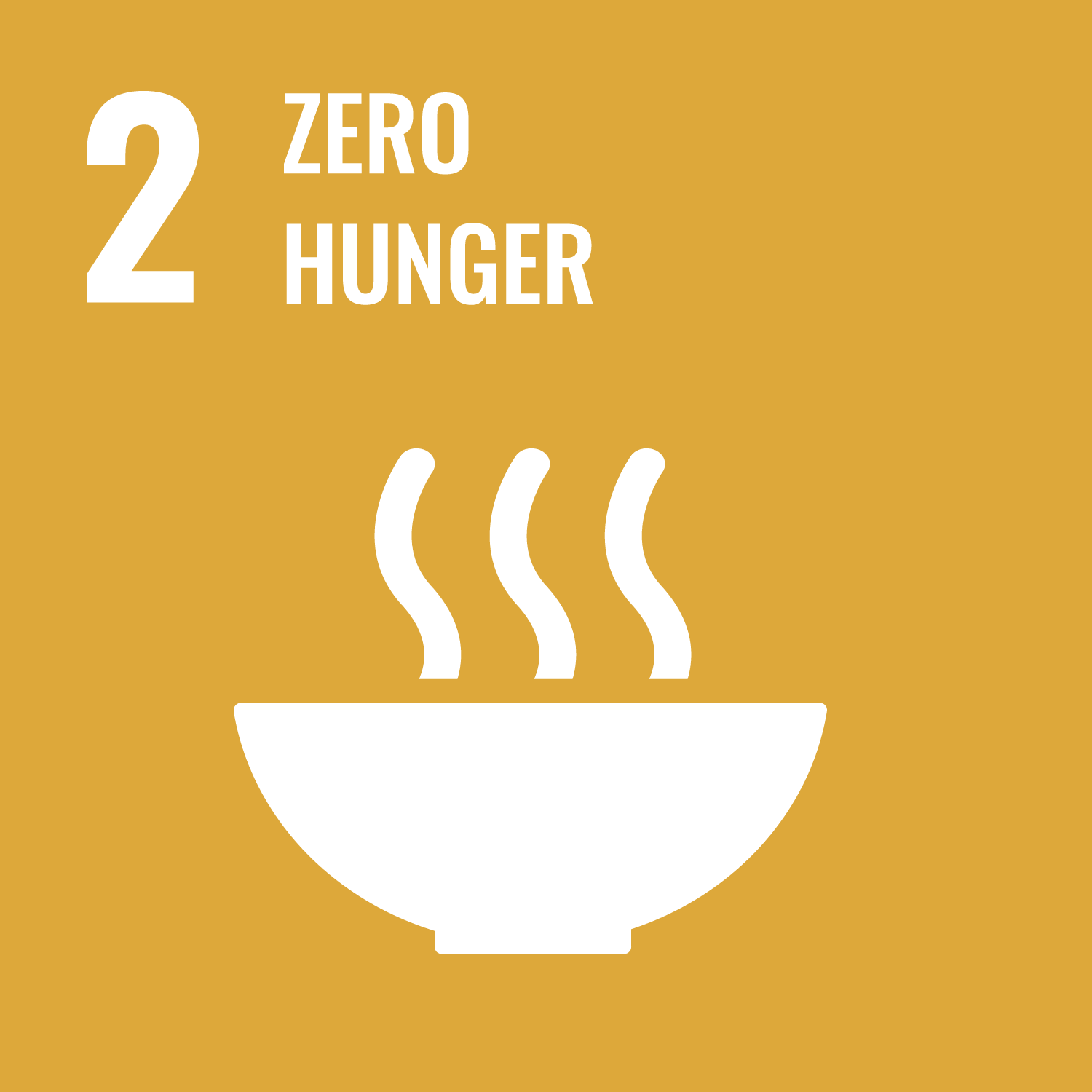 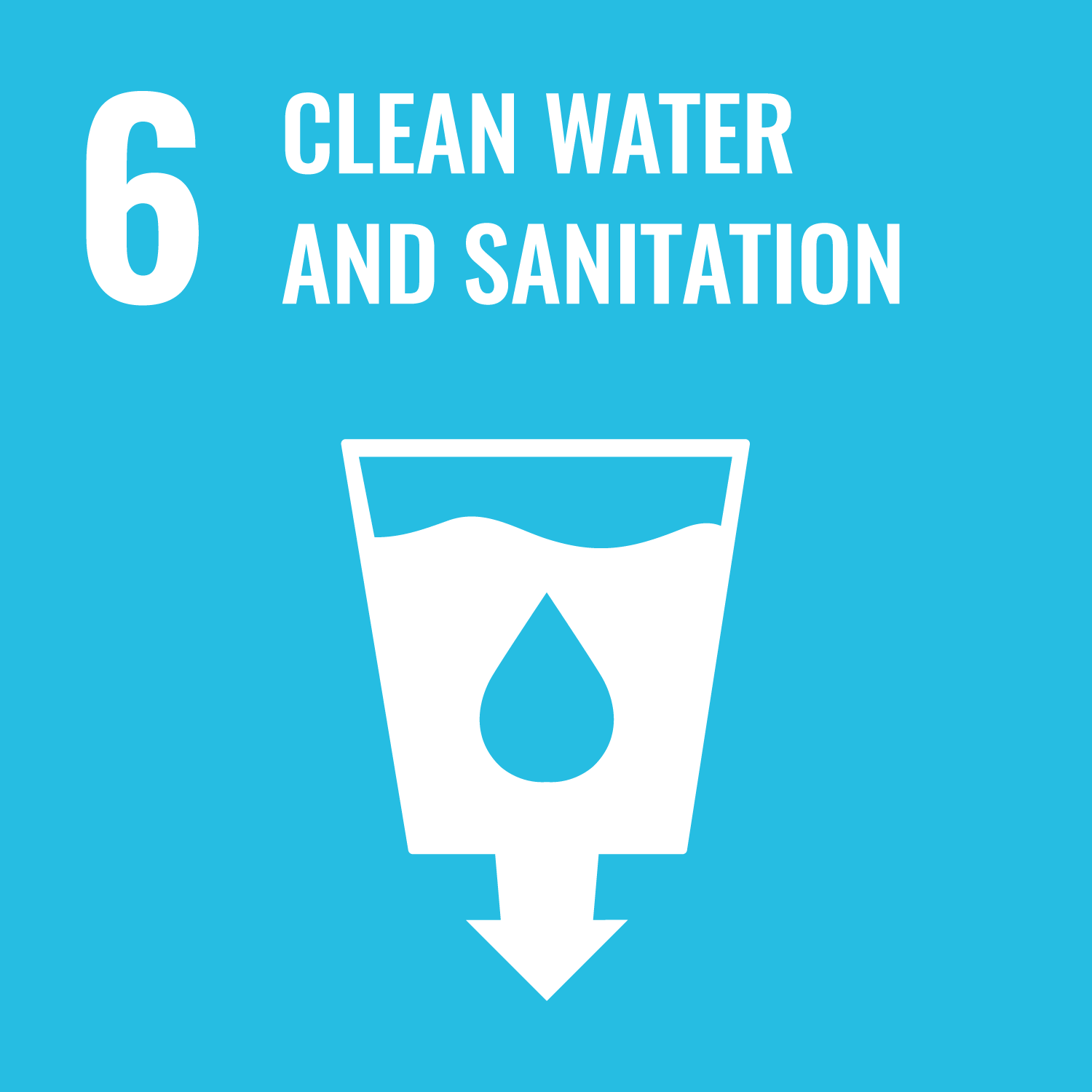 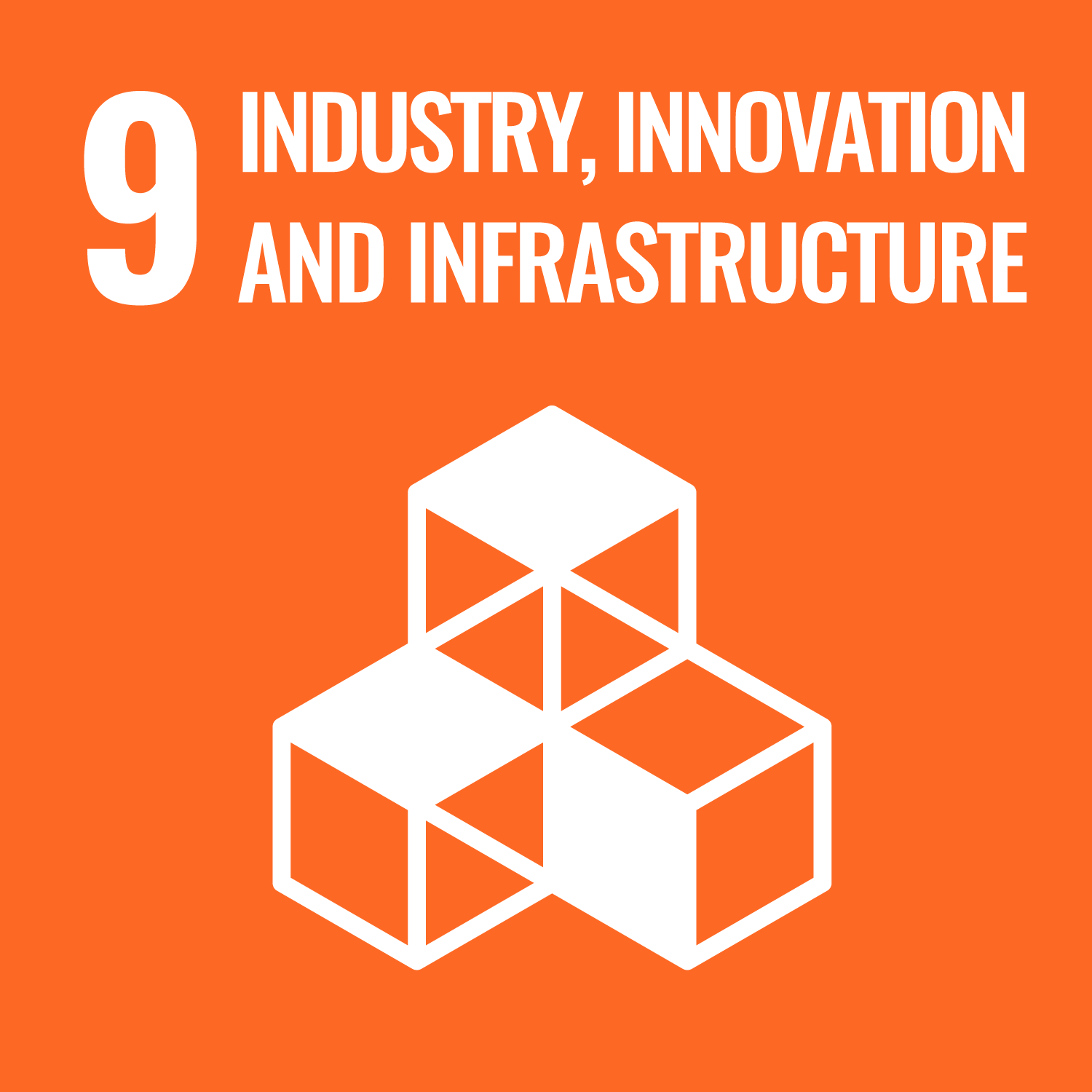 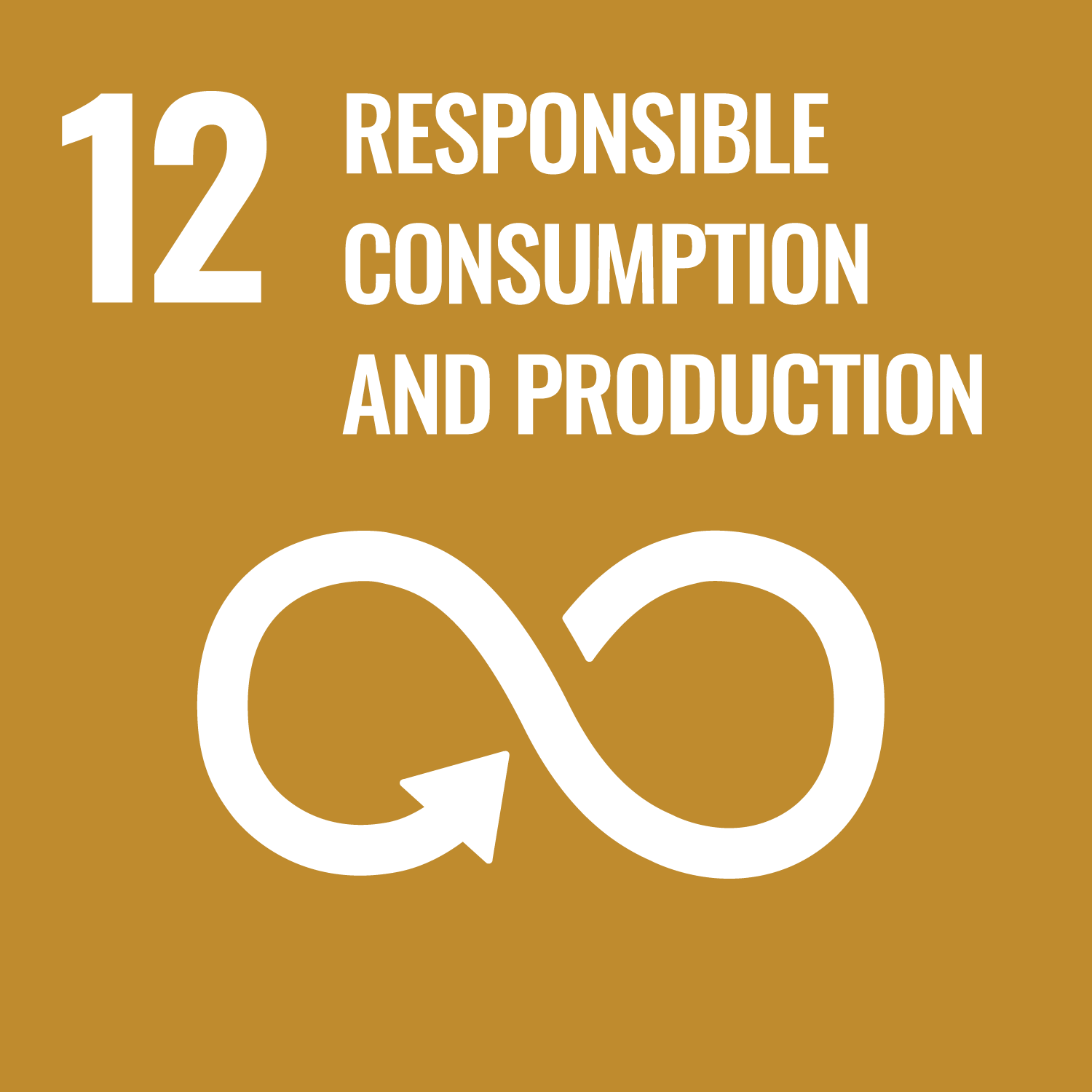 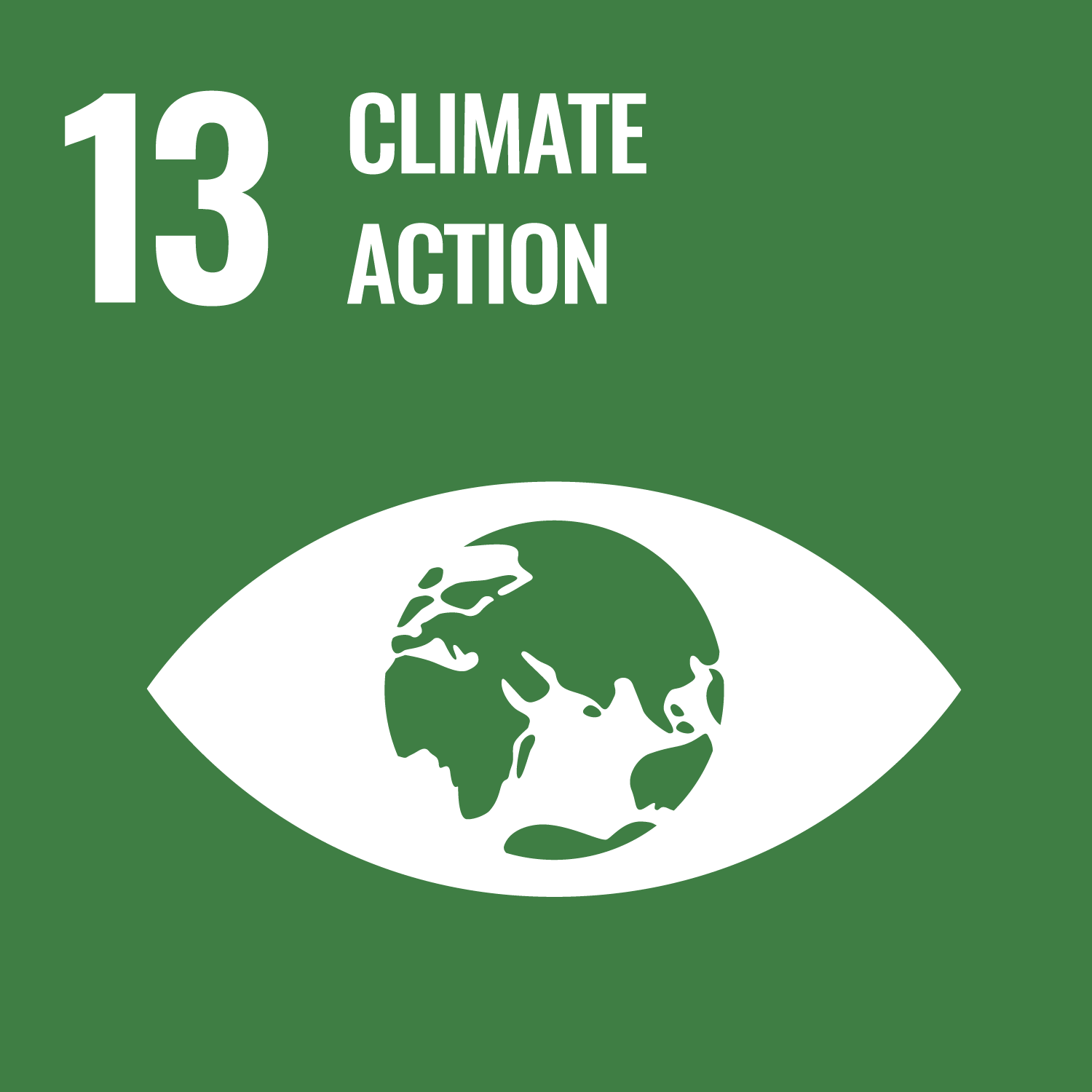 |
|
| Education and community dialogue | 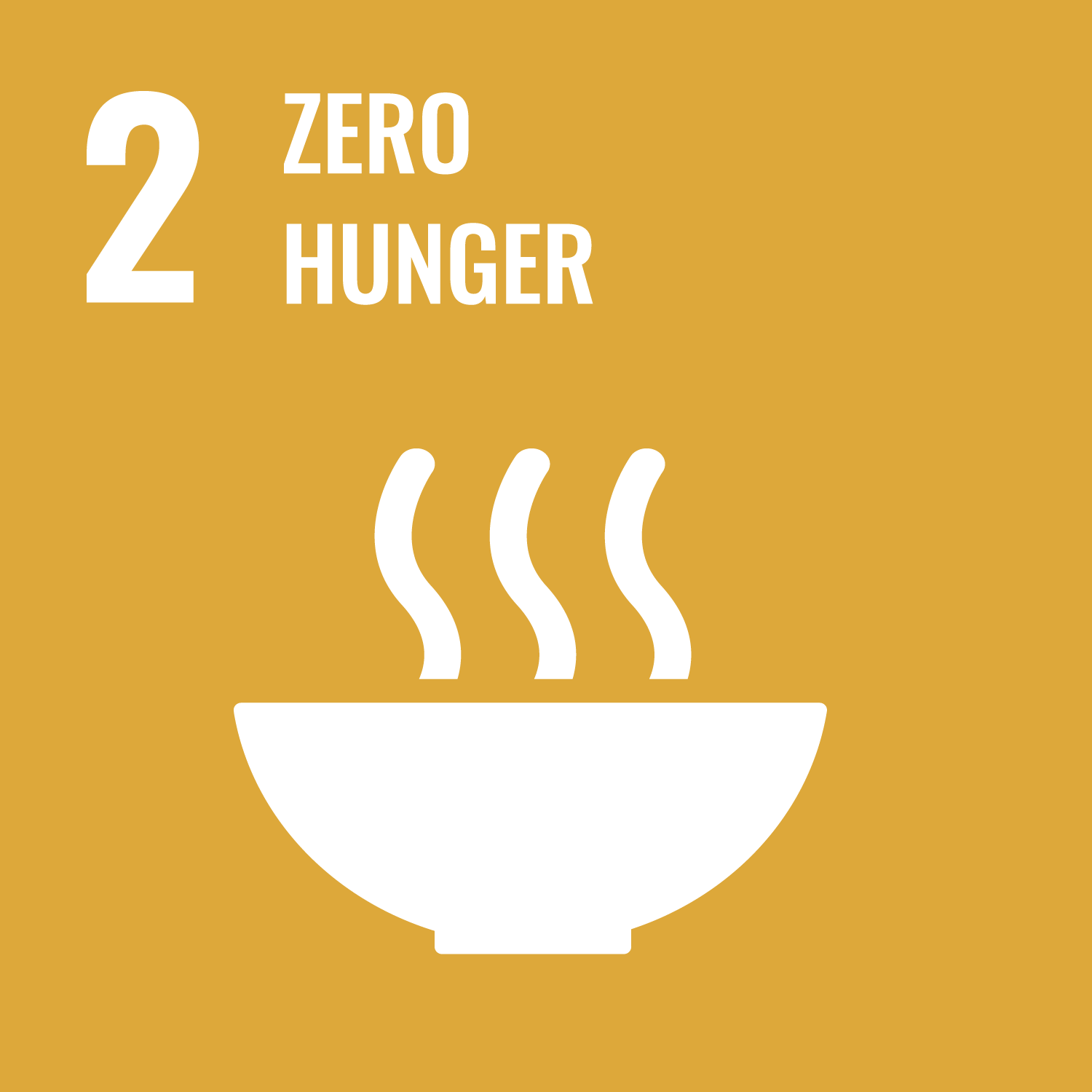 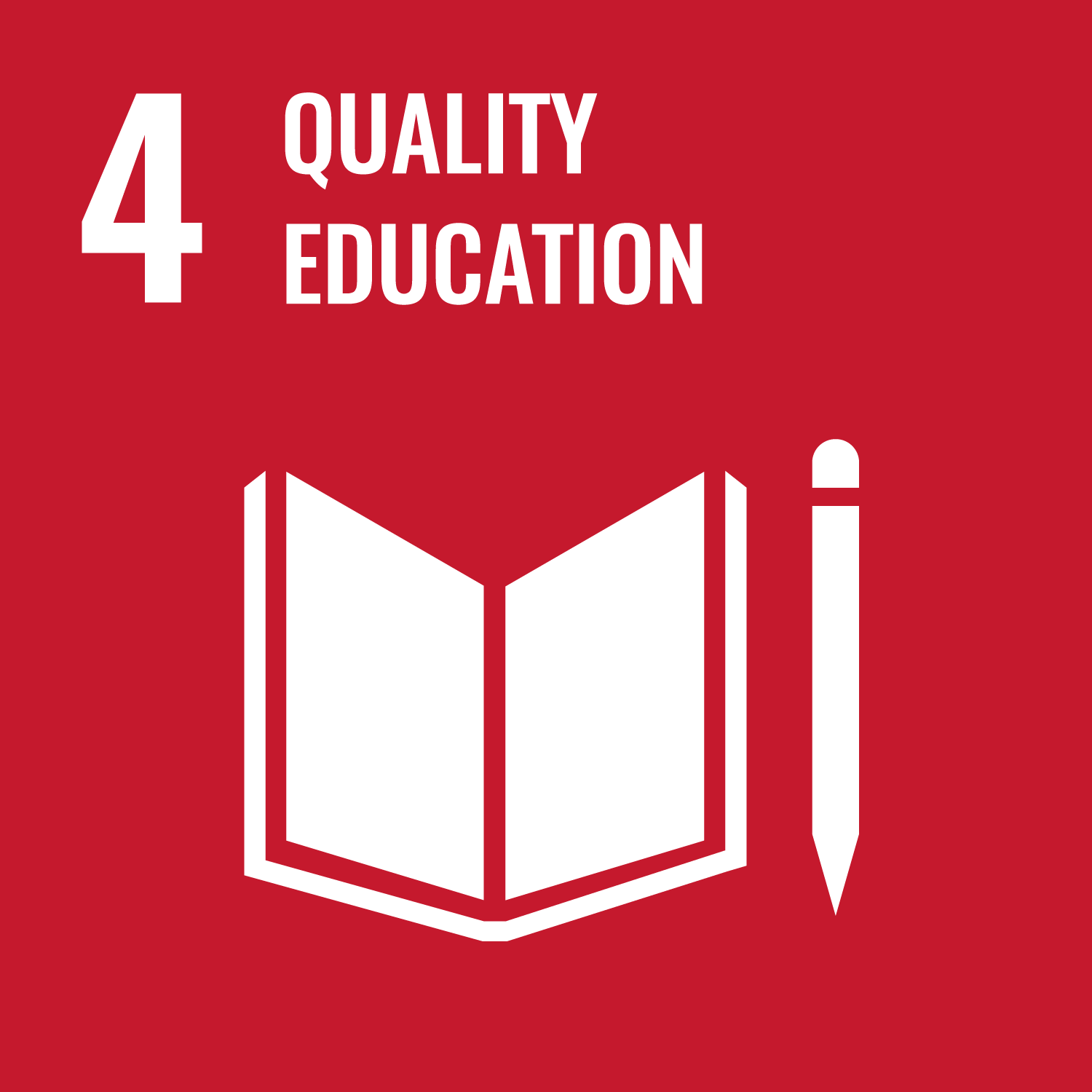 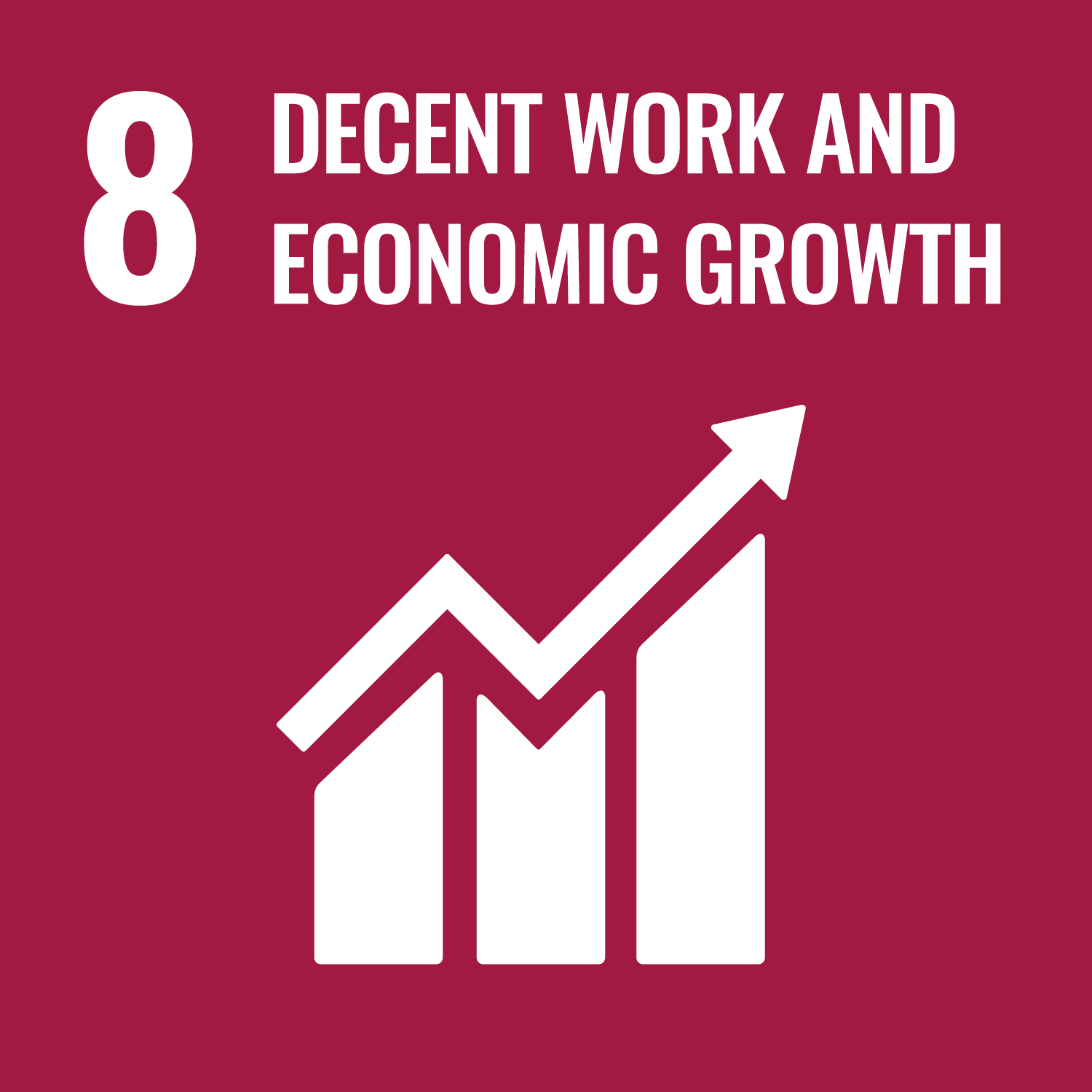 |
|
| Equality, diversity and transparent dialogue | 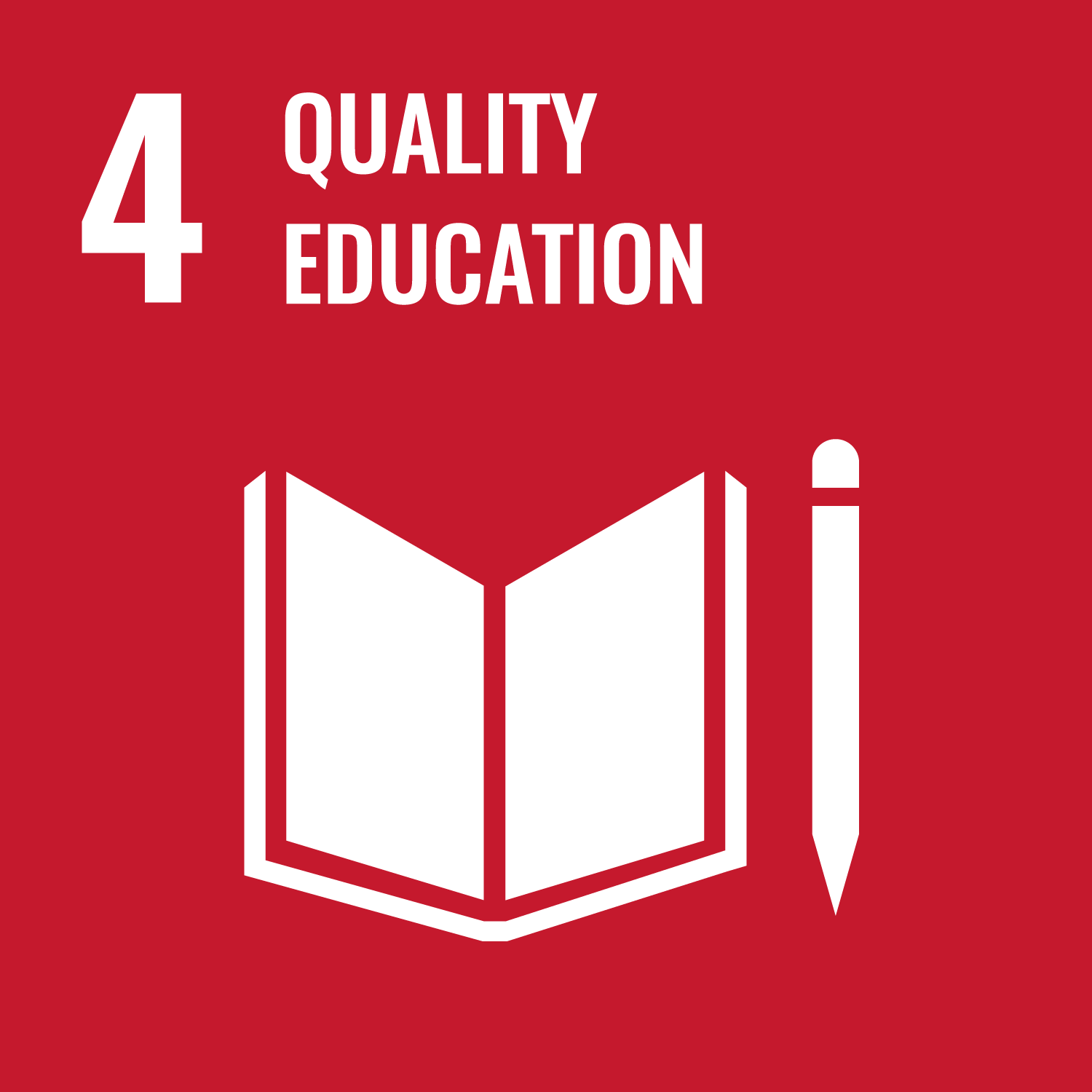 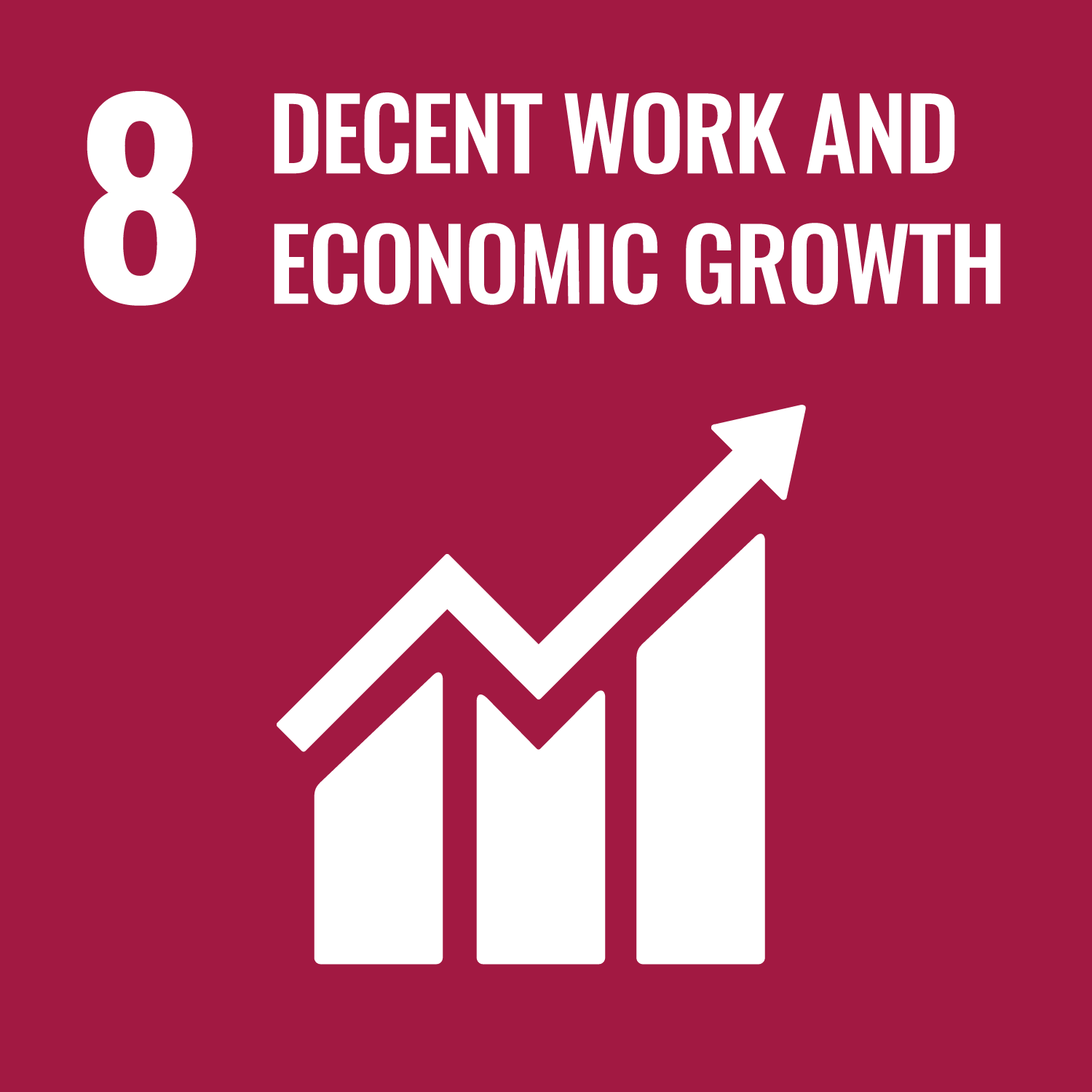 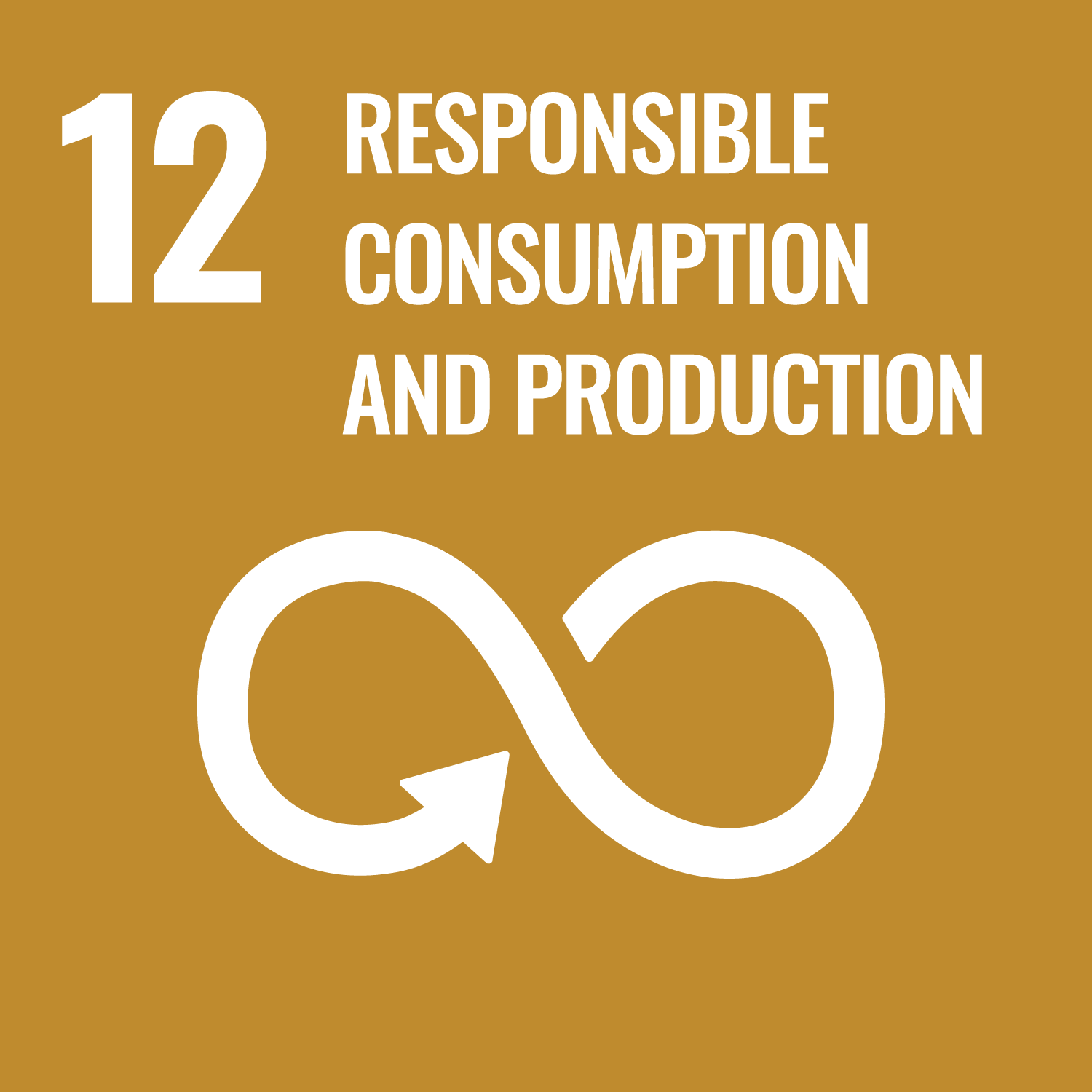 |
|

The feedstock strategy aims to achieve efficiency gains in the utilisation of our own assets and puts an emphasis on growing the share of green energy in the consumption mix. The Group is also set to enhance scrutiny over the carbon footprint associated with externally sourced raw materials.

BEST practice
Business relationships in energy procurement

Best practice
Contract with Polska Żegluga Morska

By the year 2030, the Group aims to dedicate approximately 2-3% of its revenue towards research, development, pilot plants, and innovations, which will predominantly target four key areas: innovative projects, enhancement of the innovation system, support for corporate projects, and innovation aimed at mitigating the impact of policy risks. The goal is to foster the creation of high-quality new or improved products, thereby sustaining a long-term competitive advantage.

The operational excellence strategy is based around three pillars: logistics, capital assets management and IT. In logistics, the primary objective is to swiftly and efficiently meet the diverse needs of individual business segments. The Group is committed to selecting logistics solutions that contribute to a reduction in greenhouse gas emissions (e.g. by embracing intermodal transport). The strategy includes further expansion of the Police Seaport and development of the inland port in Kędzierzyn-Koźle. Capital assets management places a central focus on enhancing the energy and manufacturing efficiency of production assets. In the domain of information technology, the priority is to establish a uniform, coherent, and integrated IT architecture and solutions across all the Group’s business segments, which will elevate efficiency and service levels. As regards ICT security, the Group will deploy solutions designed to facilitate centralised management.
SEE MORE
For a detailed overview of the respective strategies, see the Grupa Azoty Group Strategy for 2021−2030 and the Grupa Azoty Group Integrated Report for 2021.
2030 Strategy in figures:
following completion of the strategic CapEx programme
relative to 2020
of purchased electricity.
In 2022, efforts were continued to prepare the implications of the Grupa Azoty Group Strategy and to operationalise the Strategy across its various companies. All the companies formulated and adopted the implications of the Grupa Azoty Group Strategy for 2021−2030.
See the ‘Strategy Implications’ for Grupa Azoty Police and Grupa Azoty Puławy.

At the Grupa Azoty Group, we acknowledge the pressing realities of climate change and environmental degradation, recognising them as significant threats to the contemporary world. Consequently, the Green Azoty project stands as a cornerstone within our 2030 Strategy. Its principal objectives encompass the vital tasks of decarbonisation, emissions reduction, implementation of research projects aligned with the European Green Deal, and integration of new, environmentally friendly, and zero-carbon energy sources. In alignment with these objectives, the cumulative capacity of our new renewable energy sources is slated to reach approximately 300 MW by 2030. Additionally, our commitment extends to a targeted reduction of over 800,000 tonnes in estimated CO2 emissions by 2030 In 2022, Grupa Azoty S.A. resolved to establish a trading company under the name Grupa Azoty Energia as a vehicle to operationalise the Group’s climate neutrality and energy transition strategy.
Key aspects of the Green Azoty project:
- environmentally-minded diversification of raw material supplies,
- delivery and reporting of the ESG strategy,
- implementation of technological solutions involving renewables as alternative green energy sources,
- striving towards decarbonisation and reduction of harmful environmental emissions,
- R&D projects aligned with the objectives of the European Green Deal,
- green hydrogen and ammonia initiatives.
Energy generation at Grupa Azoty, by source
We are committed to investing PLN 2.7 billion in the energy transition of the Grupa Azoty Group by 2030, with the implemented solutions
projected to yield annual savings of PLN 200 million.
Our focus on the energy transition extends beyond future plans, with tangible actions being undertaken now, leveraging our own assets. In 2022, such projects included the successful launch of a 1 MW solar PV system by Grupa Azoty Kędzierzyn. The investment is anticipated to result in an estimated annual reduction of approximately 793 tonnes of carbon dioxide emissions, along with a decrease in particulate matter and other compounds released through coal combustion, including nitrogen oxides and sulfur dioxide.
In 2022, we defined a term sheet for the acquisition of Solarfarm Brzezinka, an RTB solar PV farm project with a capacity of at least 270 MWp together with auxiliary infrastructure, located in Brzezinka and Syców. While the term sheet is not a binding commitment to consummate the proposed transaction, the parties agreed to negotiate the sale and the transaction in good faith. Potential closure of the transaction holds the promise of substantially contributing to the objectives outlined in the Grupa Azoty Group Strategy for 2021–2030 where it provides for acquiring our own renewable energy sources. The total value of the investment is estimated at approximately EUR 240 million.
Seeking to accelerate our energy transition, we want to integrate the hydropower company ZEW Niedzica into our Group. Potential integration will be discussed with the Polish State Treasury, as the sole owner of the hydropower plants. The principal business of ZEW Niedzica involves the generation of renewable energy from hydropower assets – the pumped-storage hydroelectric power station in Niedzica, and the hydroelectric power plants in Sromowce Wyżne on the Dunajec River, and in Łączany and Smolice on the Vistula River. Their annual electricity output is approximately 100 GWh.
In 2022, Grupa Azoty Siarkopol announced plans to launch a 2 MWp solar PV farm on reclaimed mining land in Dobrów. All its output will be used to cover the chemical plant’s energy requirement. By 2024, the company also expects to launch solar PV farms on the premises of the Osiek Mine (ca. 2 MWp) and the Water Treatment Station in Turek Mały (up to 350 kWp).
As an integral component of the Green Azoty project, we are also planning to develop the hydrogen market.
As the largest hydrogen producer in Poland, we are poised to undertake comprehensive research into the possible applications of hydrogen. This initiative extends to continued advancement of fuel cells, culminating in the launch of an accredited laboratory that would test the quality of hydrogen used in fuel cells for transport applications. Furthermore, we are committed to leveraging our knowledge and expertise in developing national and European regulations for the hydrogen market. This commitment is exemplified through our active participation in industry initiatives such as the Hydrogen Agreement, the European Hydrogen Alliance, and Hydrogen Europe. We are a member and founder of the Lower Silesian and the Silesian and Lesser Poland Hydrogen Valleys, as well as a signatory of the letter of intent to establish the West Pomeranian Hydrogen Valley.
Read more about the alternative fuel laboratory

Best practice
Grupa Azoty again awarded a distinction in the Decarbonisation Initiatives Ranking
Grupa Azoty Puławy was recognised for its R&D project designated as ‘Development and implementation of advanced process controls (APC) for the ammonia production unit’. The project’s outcomes include a net surplus in steam production at the unit, amounting to at least 38.2 MJ/t of ammonia, with a simultaneous reduction in natural gas consumption by at least 8.5 Nm3/t of ammonia, while maintaining the unit load at a constant maximum level. The carbon footprint of ammonia depends on the energy intensity of the production process, particularly the consumption of natural gas and high-pressure steam. The export of steam is a key factor in mitigating the carbon footprint associated with ammonia production. The project was successfully implemented, reducing the carbon footprint on a single production line by more than 20 kg CO2/t of ammonia.

Best practice
Commissioning of the FGD unit
Green Azoty is also about:
- development of battery cell technology,
- recycling technology for polymer plastics,
- phosphorus and potassium recovery from alternative sources,
- exploring the feasibility of carbon sequestration for underground storage,
- new research into biodegradable coatings for granular fertilizers, fertilizers for application in forest areas, urease and nitrification inhibitors and fertilizer formulas enriched with micronutrients from utilised cement waste streams,
- step-up of activities related to precision farming.

The chemical sector, bolstered by its research facilities and competencies, stands poised to make significant contributions to the advancement of hydrogen energy. Implementation of the EU Hydrogen Strategy at the Grupa Azoty Group is viewed as an opportunity to drive our organisation’s future growth.
EU Hydrogen Strategy:
PHASE 1 – 2020-2024:
- establishing a regulatory framework for the hydrogen market
- seeking to bolster supply and demand in the pioneer markets
PHASE 2 – 2025-2030:
- converting part of the gas grid to support transmission of renewable hydrogen over longer distances
- developing a framework for a pan-European hydrogen logistics network
- creating an open and competitive hydrogen market
PHASE 3 – 2030-2050:
- decarbonising ‘hard to abate’ sectors of the economy, including aviation, shipping and construction
- using around one-fourth of renewable electricity to generate renewable hydrogen
The fuel cell system in hydrogen-powered vehicles requires high quality hydrogen – even traces of impurities may adversely affect the performance and durability of the fuel cell. This is why at Grupa Azoty Kędzierzyn we are developing an Alternative Fuel Laboratory, with a specific focus on hydrogen analysis. In 2022, the company entered into a PLN 19.5 million-worth agreement with the general contractor. The facility will feature a hydrogen analysis laboratory, complete with a physical and chemical testing lab, alongside a metal analysis lab and requisite facilities to support both departments. Slated for completion in the first quarter of 2024, the laboratory will assess the quality of hydrogen production for adherence to the specifications outlined in ISO 14687:2019. The standard defines strict criteria for the purity of hydrogen to be used in fuel cells, including the maximum allowed contents of fourteen gaseous pollutants and one other pollutant in hydrogen. We aspire for our laboratory to emerge as a central hub for hydrogen fuel quality inspections in Poland.
